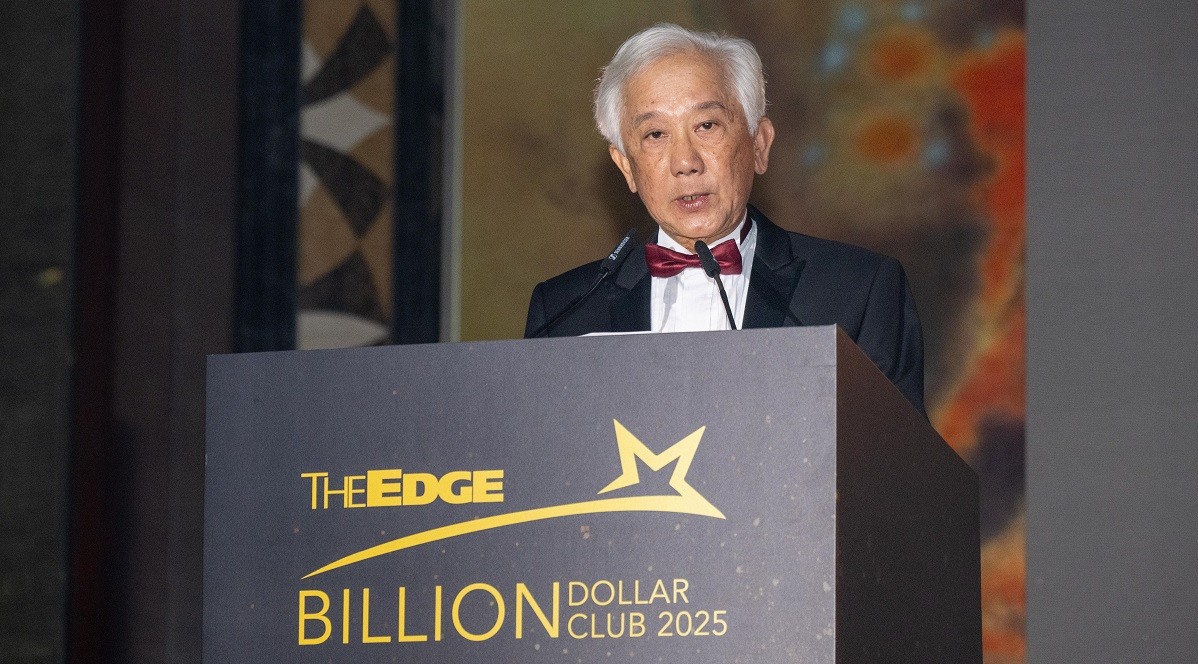Brief history
The company’s expansion into Eastern Europe began in 1989 when executive chairman Tan Wang Cheow distributed computers and accessories to the region. These items were later sold in Russia. The company’s foray into instant beverages came in 1992, when Food Empire introduced three-in-one coffee to distributors from Kazakhstan during a meeting in Bangkok. The company subsequently continued this trading business to Russia as well. In 1993, Tan met group CEO and executive director Sudeep Nair. At the time, Tan was supplying computers and software to the garment firm where Nair worked. Later, Nair joined Tan’s business and relocated to Singapore from Bangkok. Tan’s business, established in 1982, had focused on exporting electronics, computers and accessories such as hard disk drives and printers to Eastern Europe.See also: A rejuvenated Singapore market, a reset for The Edge Singapore
See also: From momentum to transformation: Building a relevant stock market








_0_0.jpg)

.jpg)